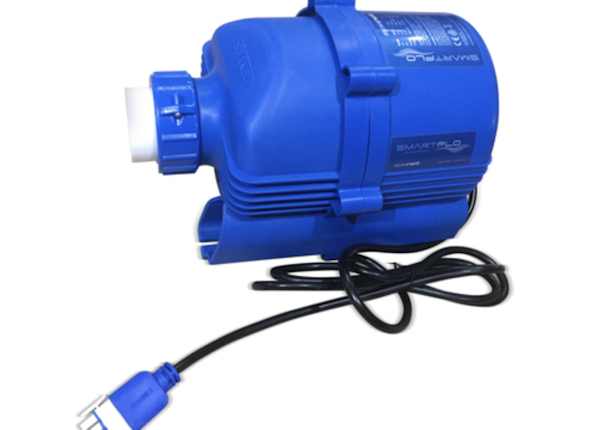One of the relaxing elements in a spa is the gentle massage that your spa water jets and air jets can provide. In this article we’ll describe how a spa blower creates this effect in your spa water - and some things you should know about spa blowers.
In this article, we answer these questions:
- What does a blower do in a spa?
- What does a spa blower look like?
- Can a spa run without a blower?
- How do I turn on my spa blower?
- How much does a spa blower cost?
And more!








